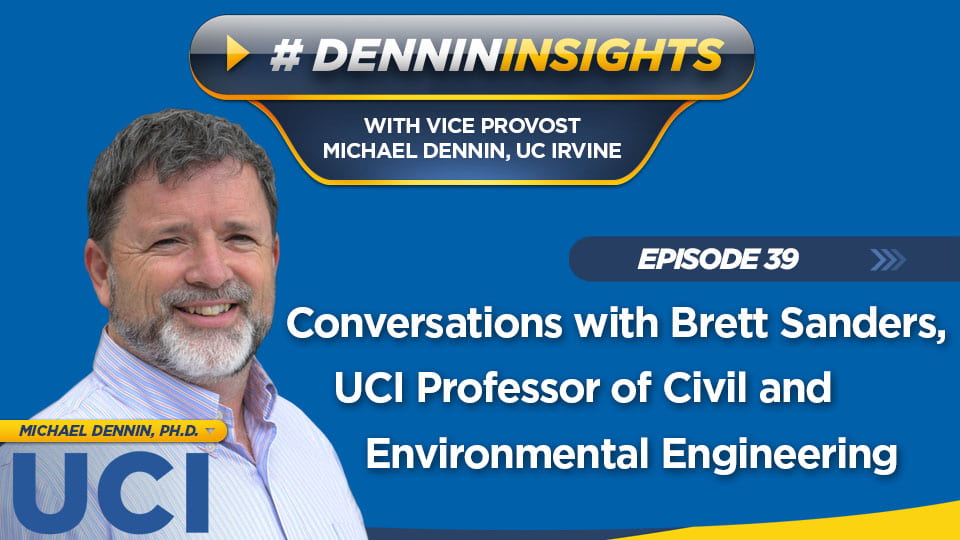As instructors, one of our main goals is to help students develop their problem-solving and critical-thinking skills. In previous Dennin Insights posts, I’ve discussed our responsibility to produce self-motivated, independent lifelong learners. Unfortunately, when it comes to learning, both at the primary and secondary levels, there is a heavy emphasis placed on getting the right answers versus the process of determining the answer. This focus can lead students to fixate on the specific steps they need to complete to solve specific problems, rather than learning the larger critical thinking skills that they can apply to any problem.
This difference is well illustrated by the difference between “information gatherers” and “problem solvers,” as coined by my colleague Brett Sanders, UCI Professor of Civil and Environmental Engineering and Research Lead at FloodRISE UCI. In a recent conversation, Brett explained that he came up with the terms “information gatherers” and “problem solvers” to delineate between the two main types of engineering students.
To paraphrase, “information gatherers” describe students who are focused on sifting through and understanding large amounts of existing data, information, and processes. These students understand basic engineering principles and know where they can go for more information on these topics. Essentially, these students know where to source information necessary for solving specific problems (with a particular focus on problems with existing solutions). Most students successfully arrive at the “information gatherer” stage, which is important as this skill set is an important aspect of many jobs and careers. Students who demonstrate this approach will certainly have a viable path forward.
On the other hand, “problem solvers” are students who think about problems at a higher level and understand the different aspects of a problem and how they work. These students are better equipped to tackle larger, more complex problems that you can’t necessarily find in a textbook because they understand the problem-solving process. This is especially valuable for approaching new problems that require different approaches. Students with a “problem solver” mindset typically have a more expanded skillset and can find success in a wider array of jobs and careers.
Brett pointed out that if we want to support students to become real “problem solvers,” instructors need to be explicit about the learning goals for their courses and offer students feedback that goes beyond whether an answer to a question is right or wrong. What it comes down to is stating that the goal of a course is to learn problem-solving strategies and think more critically about course content rather than running through the steps needed to solve specific problems. It’s also important to assure students that adopting a problem-solver mindset will lend itself to having a good career after graduation and will actually provide more value in the long run.
Brett’s insights tie into previous discussions I’ve had on how we need to change higher education to eliminate the unnecessary requirements and obstacles we maintain simply for ease and tradition. By identifying what’s actually important for students to learn, being explicit about these goals, and designing course assignments and grading practices to support these learning goals, I believe we can do a more effective job of producing “problem solvers,” in addition to “information gatherers.”
Want to learn more about how Brett is rethinking STEM education? Then check out our full discussion in a recent episode of my podcast Conversations with the Vice Provost here.

Recent Comments